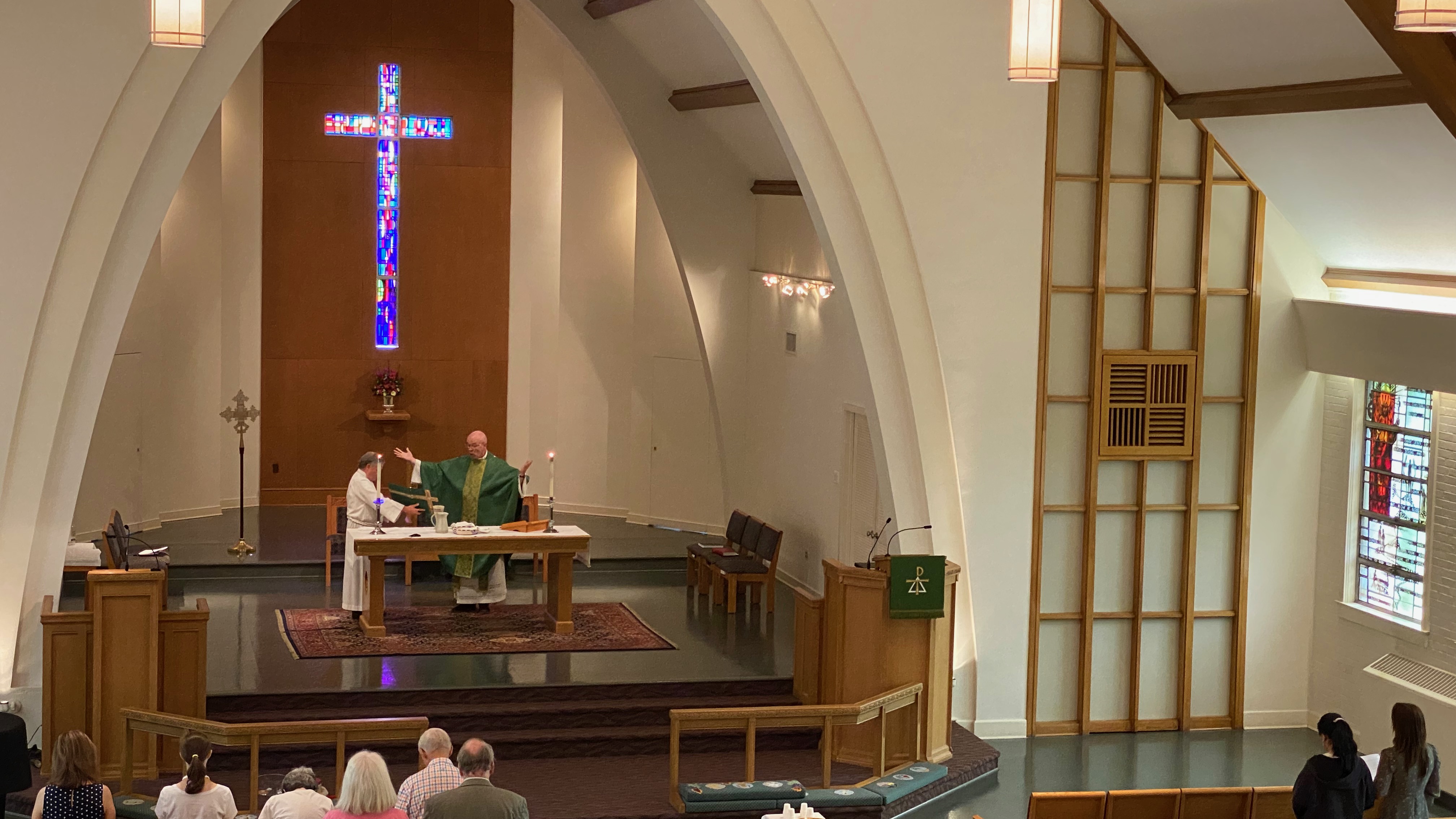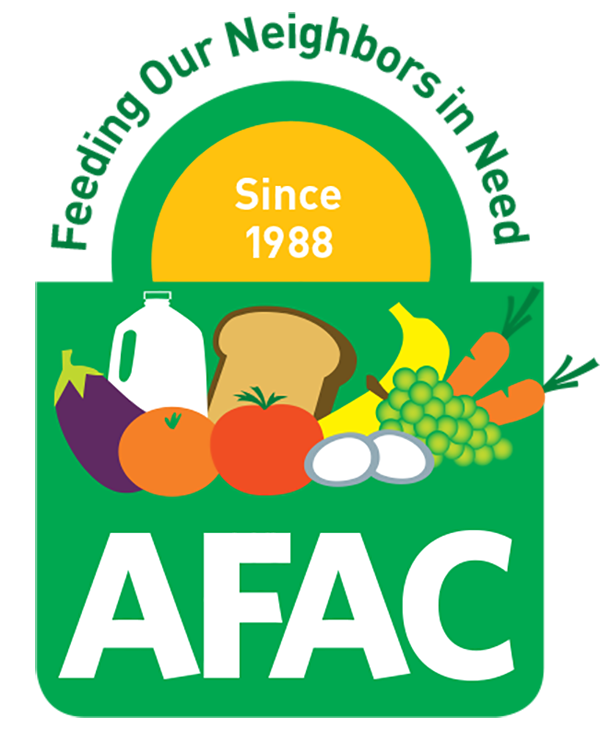This year we observe Ash Wednesday amidst the brutal realities of pandemic. Ash Wednesday last year occurred just before the pandemic was declared, so the 2020 Ash Wednesday liturgies were among the last worship services where you all assembled in person at Resurrection Church.
Nearly a year later – almost a full year! – the coronavirus still haunts us, in palpable ways, stalks us. A deadly pathogen invisible to the naked eye is out there. Even now we are at a “very high risk” level for exposure to the coronavirus in Arlington County, according to the metrics reported daily in the New York Times. Some are beginning to receive vaccines. Most wait, even as more contagious and potentially more deadly strains of the coronavirus are taking hold in the United States and elsewhere in the world.
The possibility of grave illness and perhaps death from Covid-19 is in the air, among friends, family members, co-workers, wherever people gather in number in person. Who would have imagined before the pandemic that normally benign and routine gatherings of people could become lethal? The specter of our mortality is acutely at hand – even when the sun shines brightly on gorgeous winter days. That’s what gets to me – how can a pathogen so dangerous, so deadly, be ubiquitously present among people at the same time when I look out the window to see what appears to be a stable, predictable, peaceful world? Death is like that. It can claim us at any time. Ash Wednesday in a year of pandemic is perhaps more acutely poignant than in our more ordinary, usual years.
But the message remains the same: “Remember that you are dust, and to dust you shall return.”
Human beings go to great lengths to deny the reality of our mortality. One of the most significant social scientific books I’ve read in my life is the 1973 cultural anthropological work by Ernest Becker, The Denial of Death. In this classic work, Becker reframes the insights of Sigmund Freud and others to posit that an organizing principle of human society is to seek to deny the reality and finality of our death. The fear of death can be paralyzing. We cannot go through all of our days worrying that we might die. Thus, humans organize life in the service of keeping awareness of our mortality at bay, as we whistle through the scary shadows of our days. Yet, in order to be healthy and well-adjusted, we need at times to acknowledge the specter of death, of our mortality. Again, Ash Wednesday is one of those occasions.
But our mortality is not just bad news. Our mortality also carries good news. The answer to Job when he sought explanations for his unwarranted, undeserved suffering, the answer that made all the difference for him, was when God reminded Job that Job was the creature and not the creator, and Job acknowledged that reality (see Job 42:1-6). The pretense of an exalted, but false assessment of our capacities – that we are like gods – has been an enormous burden on and for humanity since the beginning as recounted in the story of the fall (see Genesis 3). Acknowledging in humility the truth of our human limitations actually makes for our freedom, peace of mind, and contentedness.
“Remember that you are dust and to dust you shall return.” It was out of the dust of the earth that we were created according to the second creation account in the book of Genesis (Genesis 2:7). At graveside rites we hear “Earth to earth, ashes to ashes, dust to dust” as our loved ones are committed to their resting places, earth being administered over their mortal remains.
We are earth, ashes, dust, “humus” – from which we get the word human. That is, we are of the well-fertilized soil that makes for the sacred goodness of creation, which God saw as good, and which God restored to goodness in Christ Jesus.
Thanks be to God for our blessed creatureliness! Thanks be to God that God entered into the fullness of our “humus-ness” in Jesus of Nazareth, the Christ. In this Word made flesh is grace upon grace. Grace for us, even when we meet our end in the full and final expression of our mortality.
Yes, Ash Wednesday is a solemnity, a day to remember and fully acknowledge and to confess our mortality, brokenness, and sin. But it’s also a day full of grace in the reality therapy that we receive on this day that, thanks be to God, we are the creatures and not the creator, and that the creator gives the gift of life now, even eternal life now, according to John’s Gospel (John 17:1-3), amidst the grave realities of a pandemic. And finally, there’s the promise of resurrected life in Christ Jesus at the last.
Thus, “even at the grave we make our song: Alleluia, alleluia, alleluia, alleluia,” (ELW 223). Yes, we’ll put our spoken, sung, public alleluias to rest for the season of Lent. But the reality that gives cause for and births our alleluias does not remain dormant, does not die. That’s good news indeed. Thanks be to God in Christ Jesus.
Humbly in the graced truthfulness of my humanity,
Pastor Jonathan Linman






